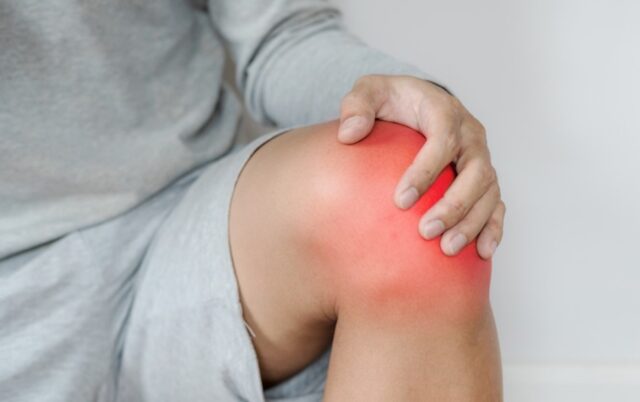Joints, especially those in the knees, support a significant portion of total body weight with every step you take. Walking and running put a lot of pressure on these joints leading to the eventual wear and tear of the cartilage tissue.
Damage to the cartilage tissues can arise due to injury or wear and tear. Repeated movements and sudden force put enormous pressure on the joints, thus leading to overstretching, tearing, or snapping the cartilage tissues.
Cartilage injury can be a life-changing affair. Joint injuries rarely heal on their own. Your best option is to visit an orthopedic expert for an accurate diagnosis and treatment.
What is cartilage, and how do cartilage injuries arise?
Cartilage refers to the soft tissues that occupy the region where bone structure comes together to form joints. Common examples of synovial joints include the knee, elbows, wrist, and ankles. The articular cartilage lies within the cavity of the synovial joints, where it is cushioned by synovial fluid.
Healthy Cartilage tissues facilitate easy movement of the joints. Fluid from the synovial membrane provides added lubrication which helps to minimize friction in joint bones.
Though cartilage tissues are strong and flexible, they are also susceptible to injury or wear and tear damage. Below are some examples of activities that can lead to joint injury
- Forceful impact rising from physical contact sports such as soccer, rugby, ice hockey, and hockey.
- Severe twisting and bending at the joint while it bears weight.
- Long-term wear and tear that arises due to aging.
- Poor joint alignment arising from abnormalities at birth and recurring joint injuries.
How long do joint injuries take to heal
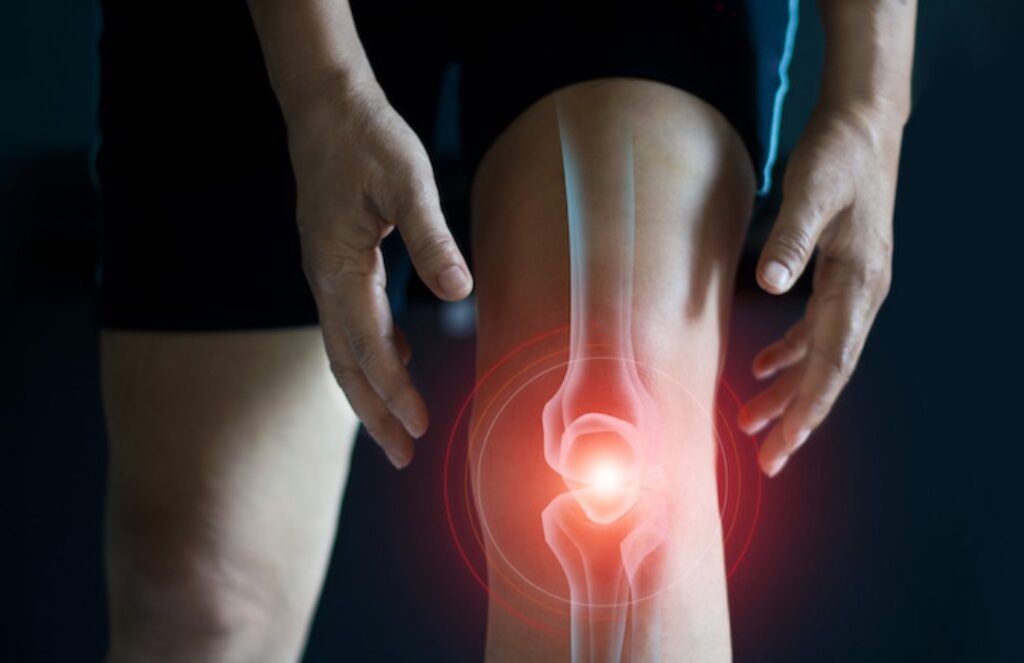
Soft tissue injuries, especially those affecting ligaments and tendons, can take a long time to heal. Sprained ankles and knee injuries can take months and sometimes even years to recover.
Additionally, soft tissue injuries are often more challenging to diagnose than other types of body injuries. Below are some explanations on why joint injuries take a long period to heal completely
Blood supply characteristics
Cartilage tissues are primarily avascular, meaning there are no blood vessels to supply blood to these delicate ligaments. As a result, cartilage tissues do not receive nutrients and repair components directly from the blood supply.
Instead, the cartilage relies on the surrounding synovial fluids for nourishment via diffusion mechanisms. This lack of blood circulation accounts for the slow healing process of joint injuries.
Nervous system
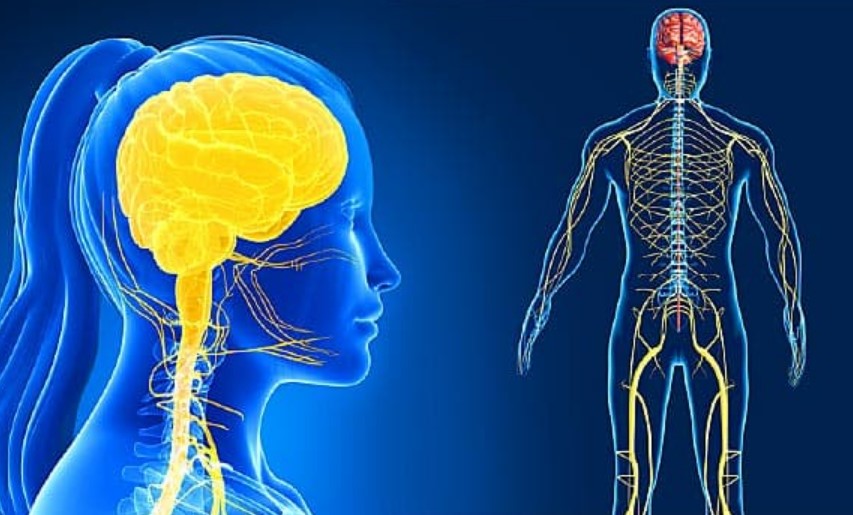
The nerve system is responsible for relaying information between the brain and other body organs. Cartilage tissue is mostly aneural, meaning it has no linkage to the nervous system.
The lack of nerve endings makes it difficult to feel pain in the cartilage that may arise from injury or wear and tear. Pain only becomes apparent when the cartilage damage affects surrounding tissues such as associated ligaments and underlying bones. This aneural characteristic makes a diagnosis of joint and cartilage injury difficult without in-depth clinical tests.
Diagnosis joint injury complications
The most common joint injury symptoms include inflammation, pain, and tenderness when performing physically engaging activities. Arthritis, tendinitis, sprains, and strains are examples of conditions that can lead to joint complications. Treatment programs and therapies for cartilage repair are available, and they range from surgical to non-surgical options.
The mode of treatment will depend on several factors, including the nature and type of cartilage injury, the patient’s age, the desired level of post-treatment activity, and the patient’s overall health condition.
Before recommending any treatment program, an orthopedic specialist will first understand the patient’s medical history. After that, the physician will conduct a physical examination on the patient to determine the current status of the affected joint. The physical diagnosis entails taking X-ray, MRI, and ultrasound scans to get a clear picture of the joint and prescribe a suitable treatment program.
Non-surgical operations

Arthritis that manifests in joint pain affects millions of people in the United States and is more common in women than men. Though there is no cure for arthritis, treatment programs such as joint injection therapy can help to restore pain-free movement in the joint area.
Common examples of non-surgical joint treatment programs include medications, physical therapy, and joint injections. Stem cell therapy, corticosteroid injections, and platelet-rich plasma (PRP) are standard joint injection therapies.
These treatments also improve the patient’s quality of life by enhancing joint strength and mobility after minor injuries. Non-surgical programs are most useful in the immediate aftermath of an injury.
Platelet-rich plasma (PRP) injections
The biggest challenge in treating osteoarthritis arises due to the avascular nature of the cartilage tissues. The lack of blood supply to the cartilage significantly hinders the healing process because the tissue cannot receive crucial nutrients to facilitate tissue repair.
To counter this problem, orthopedic physicians recommend PRP injections. PRP therapy entails injecting the affected joint with a concentrate of plasma-rich platelets. This concentrate introduces growth factors that aid in the regeneration of damaged tissues.
Stem cell therapy
Stem cell therapy works in the same manner as PRP therapy. It is a form of regenerative treatment that entails harvesting stem cells from the bone marrow and introducing them to the affected area.
The orthopedic physician places a bone marrow sample in a centrifuge that spins at high speeds to isolate the stem cells from the other bone marrow tissues. Stem cells are highly versatile and quickly transform into any cell in the body. The objective of stem cell therapy is to facilitate cellular regeneration in the connective joint tissues.
Corticosteroid injections
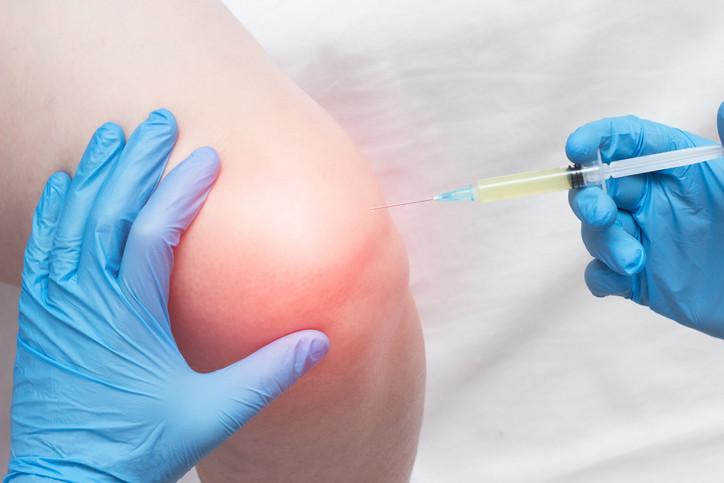
Corticosteroid injections are the primary treatment for managing joint-related discomfort. The procedure entails injecting a combination of anesthetic and steroids into the affected joint area. The aesthetic relieves pain, while the steroids help to suppress inflammation. Corticosteroid injections can be administered in the knees, hips, shoulders, wrists, and ankles.
Surgical treatment options
Surgery is the most effective procedure for joint injuries that involve severe cartilage damage. Cartilage tissues do not heal well on their own. The goal of surgery in cartilage treatment is to repair and restore damaged tissues when non-surgical methods fail.
Microfracture
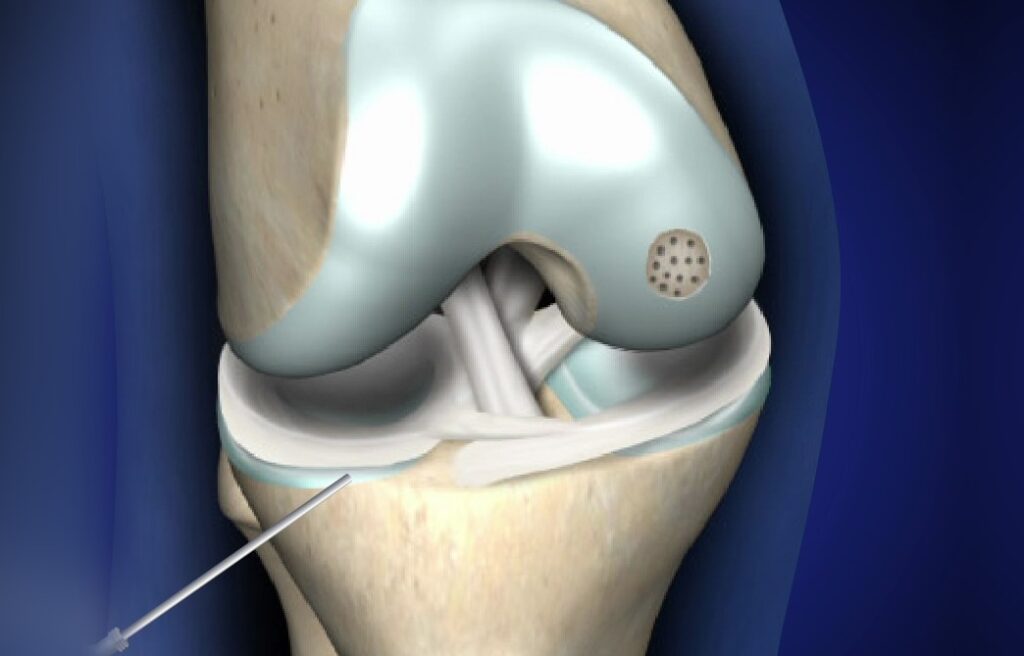
It entails drilling holes in the bone and the bone marrow of the affected joint area. The surgical incisions will stimulate repair by triggering the release of stem cells in the bone marrow to restore damaged cartilage. This new growth of cartilage, also known as fibrocartilage, helps to minimize the rubbing of the bones in the affected joint.
Mosaicplasty
Mosaicplasty is a procedure that entails removing a plug of healthy cartilage in a non-weight-bearing part of the body and introducing it to the affected joint area. The plug helps in restoring worn-out cartilage to allow the joint to function normally.
However, there are limitations in the effectiveness of mosaicplasty. There are only a few removable non-weight bearing plugs in the knees and elbow joints. As a result, this procedure may not work if the damaged cartilage is too severe.
In a nutshell
If left untreated, cartilage damage can lead to a severe condition known as osteoarthritis, where cartilage tissues wear off completely to expose the underlying bone. However, most joint injury conditions are manageable with the proper diagnosis and treatment.
The delicate nature of cartilage injuries and the long recovery times often mean that you are better off seeing an orthopedic physician than opting for self-care remedies.

